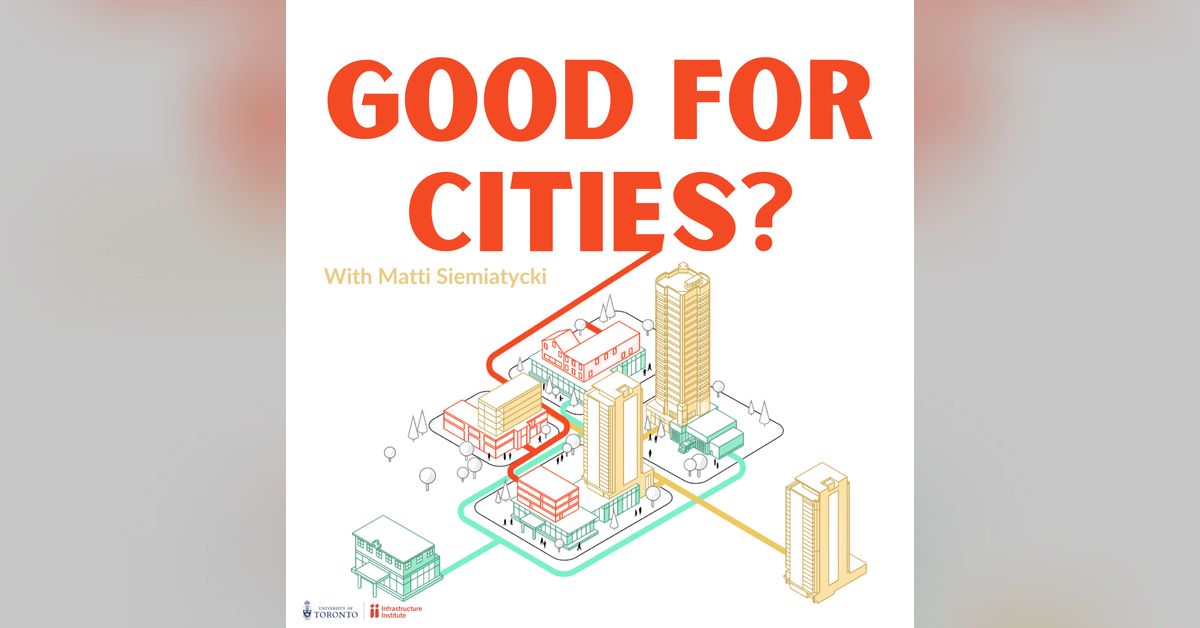Coolibop
Active Member
The province will apparently now outright ban lane reductions for bike lanes, removing the previous ability to get provincial approval for reductions:
Ontario Newsroom
news.ontario.ca
The MTO would still have the ability to make exemptions through regulation. Whatever that means.
There are rumors about the push to remove transit lanes next... I'm unsure how this affects rapidTO sections where bike and transit lanes are shared (as it relates to bike infrastructure).






